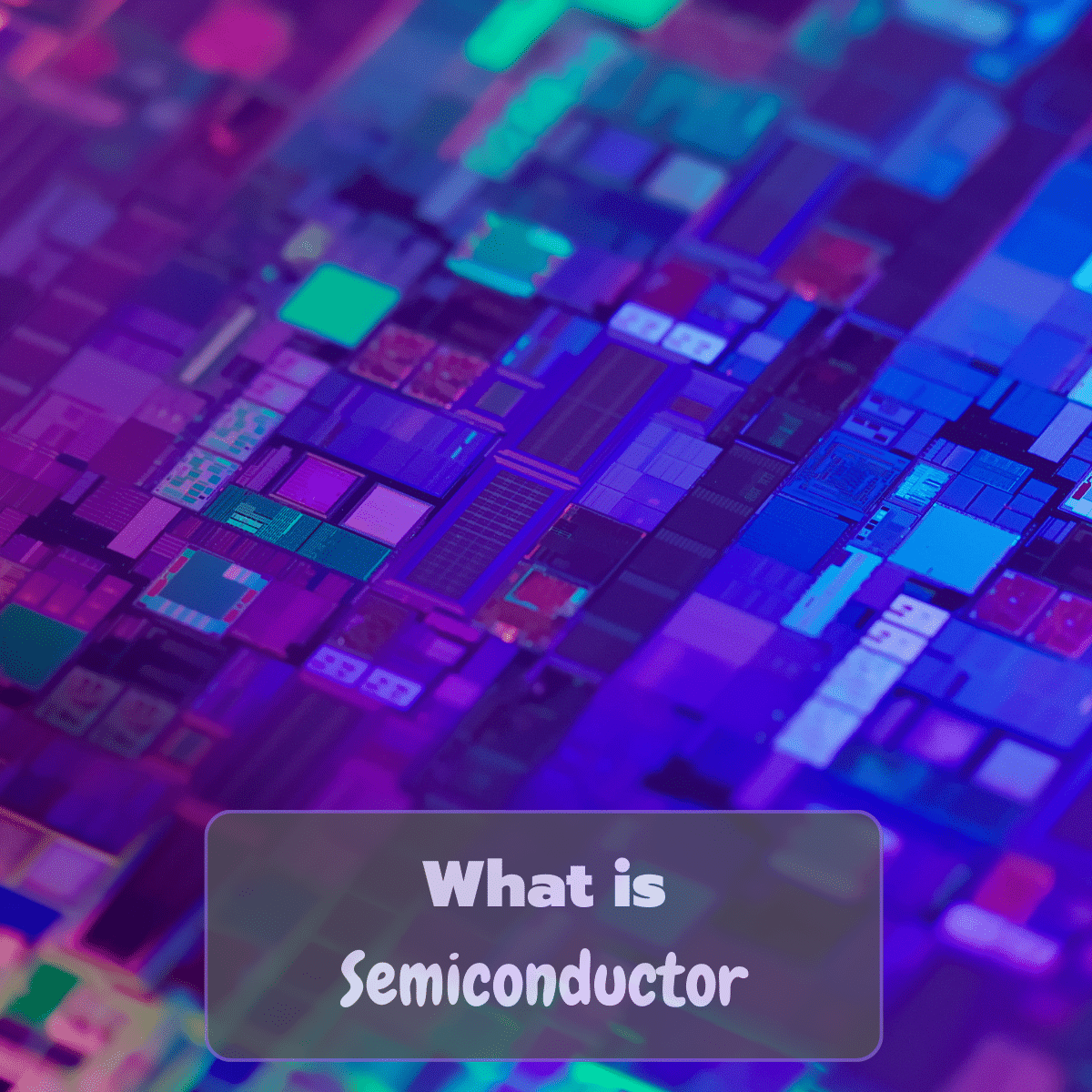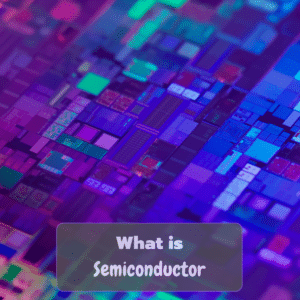
Introduction
Semiconductors are the cornerstone of modern technology. These versatile materials are found in nearly every electronic device we use today, from smartphones and laptops to medical devices and solar panels. Understanding what semiconductors are and how they work is essential to appreciating the technological advancements of the past few decades.
What Is a Semiconductor?
A semiconductor is a material that has a conductivity level between that of a conductor, like copper, and an insulator, like glass. This unique property makes semiconductors incredibly valuable in the electronics industry. The most common semiconductor materials are silicon and germanium. These materials can conduct electricity under certain conditions, making them ideal for controlling electrical currents in devices.
Historical Context
The history of semiconductors dates back to the early 20th century, with key discoveries and innovations occurring over the decades. In the 1940s and 1950s, the development of the transistor revolutionized electronics, paving the way for the miniaturization of circuits and the creation of integrated circuits (ICs). These breakthroughs laid the foundation for the modern semiconductor industry.
Types of Semiconductors
There are two main types of semiconductors: intrinsic and extrinsic.
- Intrinsic Semiconductors: These are pure semiconductor materials without any significant impurities. Their conductivity is influenced primarily by temperature.
- Extrinsic Semiconductors: These are semiconductors that have been intentionally doped with impurities to alter their electrical properties. There are two types of extrinsic semiconductors:
- N-type: These semiconductors have extra electrons, which are the primary charge carriers.
- P-type: These semiconductors have holes (absence of electrons) that act as positive charge carriers.
Doping allows for precise control over the electrical properties of semiconductors, enabling their use in various electronic components.
How Semiconductors Work
The functioning of semiconductors can be understood through the band theory of solids. In this theory, materials have energy bands called the valence band and the conduction band. The gap between these bands, known as the band gap, determines the electrical conductivity of the material.
- Valence Band: The energy band where electrons are present.
- Conduction Band: The energy band where electrons can move freely, contributing to electrical conductivity.
In semiconductors, electrons can jump from the valence band to the conduction band when provided with sufficient energy, such as heat or light. This movement of electrons and the resulting holes in the valence band create electrical conductivity.
Applications of Semiconductors
Semiconductors are integral to numerous applications across various industries:
- Consumer Electronics: Semiconductors are found in smartphones, tablets, laptops, and other personal electronic devices, enabling their functionality and performance.
- Industrial Applications: Automation systems, machinery, and industrial equipment rely on semiconductors for control and operation.
- Medical Devices: Diagnostic equipment, health monitoring systems, and other medical technologies use semiconductors to function effectively.
- Renewable Energy: Solar cells and energy storage solutions utilize semiconductor materials to convert and store energy efficiently.
Importance of Semiconductors in Modern Technology
Semiconductors play a crucial role in the advancement of technology. They enable the development of faster, smaller, and more efficient electronic devices, driving innovation across various sectors. Industries such as automotive, healthcare, telecommunications, and more benefit from the continuous improvements in semiconductor technology.
Challenges and Future Trends
Despite their significant impact, the semiconductor industry faces several challenges, including supply chain issues, material limitations, and production costs. However, ongoing research and development are addressing these challenges, leading to advancements in semiconductor materials and processes.
Future trends in semiconductor technology include the development of new materials, such as graphene, and the integration of emerging technologies like quantum computing and artificial intelligence. These innovations promise to further enhance the capabilities and applications of semiconductors.
Conclusion
In summary, semiconductors are essential components in modern electronics, bridging the gap between conductors and insulators to control electrical currents. Their unique properties and versatile applications make them indispensable in various industries. As technology continues to evolve, semiconductors will remain at the forefront of innovation, shaping the future of electronic devices and systems.







